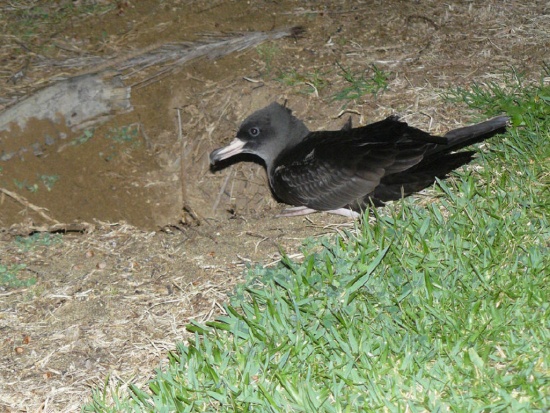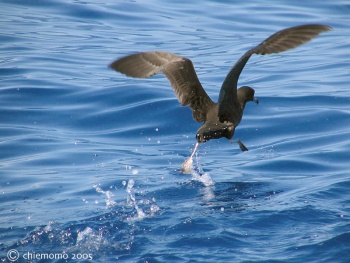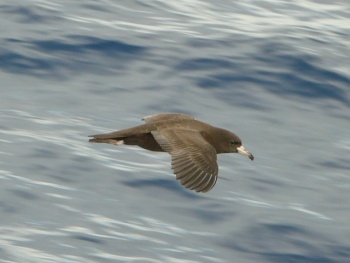| Line 6: | Line 6: | ||
==Distribution== | ==Distribution== | ||
| − | + | Breeds south Indian and south-western Pacific Oceans.<br /> | |
| − | '''Winters''' to Arabian Sea, north-western Pacific. <br /> Can be seen off Lord Howe Island, Hauraki Gulf, [[New Zealand]], Brisbane, [[Australia]] | + | '''Winters''' to Arabian Sea, north-western Pacific and in smaller numbers to north-eastern Pacific (seems to have a clock-wise movement during northern summer). <br /> Can be seen off Lord Howe Island, Hauraki Gulf, [[New Zealand]], Brisbane, [[Australia]] |
| + | |||
==Taxonomy== | ==Taxonomy== | ||
[[Image:18922FreshyfootedSheawater.jpg|thumb|350px|right|Photo by {{user|chiemomo|chiemomo}}<br />Lord Howe Island, February 2005]] | [[Image:18922FreshyfootedSheawater.jpg|thumb|350px|right|Photo by {{user|chiemomo|chiemomo}}<br />Lord Howe Island, February 2005]] | ||
Revision as of 23:24, 4 October 2014
| This article is incomplete. This article is missing one or more sections. You can help the BirdForum Opus by expanding it. |
- Puffinus carneipes
Identification
Dark shearwater with stout bill, pink with dark bill.
Distribution
Breeds south Indian and south-western Pacific Oceans.
Winters to Arabian Sea, north-western Pacific and in smaller numbers to north-eastern Pacific (seems to have a clock-wise movement during northern summer).
Can be seen off Lord Howe Island, Hauraki Gulf, New Zealand, Brisbane, Australia
Taxonomy
This is a monotypic species[1].
Habitat
Almost entirely pelagic.
Behaviour
References
- Clements, J. F., T. S. Schulenberg, M. J. Iliff, B.L. Sullivan, C. L. Wood, and D. Roberson. 2013. The eBird/Clements checklist of birds of the world: Version 6.8., with updates to August 2013. Downloaded from http://www.birds.cornell.edu/clementschecklist/download/
Recommended Citation
- BirdForum Opus contributors. (2024) Flesh-footed Shearwater. In: BirdForum, the forum for wild birds and birding. Retrieved 25 April 2024 from https://www.birdforum.net/opus/Flesh-footed_Shearwater






